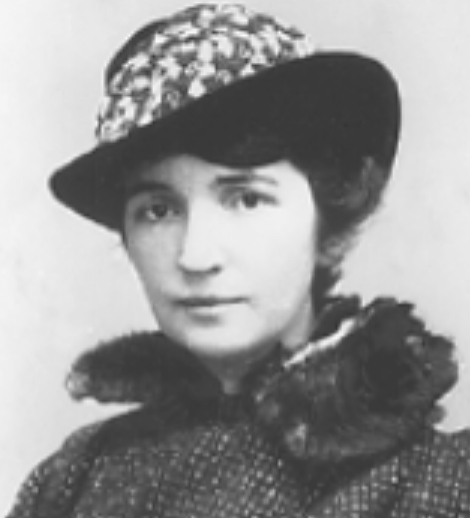On this date in 1879, Margaret Louise Sanger (née Higgins), was born in Corning, N.Y., to a freethinking, Irish-born father and a Catholic Irish-American mother. Watching her mother die at age 48 of tuberculosis after bearing 11 children changed the course of Sanger’s life. As a child she was introduced to the power of the Catholic Church when the local priest locked the doors of the town hall to prevent agnostic Robert Ingersoll from speaking in Corning. She wrote in her autobiography of the spellbinding experience of hearing Ingersoll speak in the woods instead.
She would later repeatedly experience being locked out of public halls, even countries, under Catholic pressure. Her experience doing obstetrical nursing of the poor in New York City as a young mother herself galvanized her conviction that women had the right to control fertility. The turning point was witnessing the death of Sadie Sachs, 28, from a second illegal abortion. When Sachs had pleaded with her doctor for birth control, he had responded: “Tell Jake to sleep on the roof.”
Sanger researched contraception (coining the term birth control) while editing a monthly newspaper, The Woman Rebel (1914). Its primary purpose was to challenge the 1873 Comstock Act, which made it illegal to send “obscene, lewd or lascivious, immoral or indecent” publications through the mail, including articles about contraception and abortion, even if written by a physician.
Facing 45 years in prison when indicted under the law, Sanger fled the country, leaving behind a book, “Family Limitation.” It sold 10 million copies while Sanger continued research in England and the Netherlands. When she returned to the U.S. she was rearrested. After her daughter Peggy died of pneumonia in 1915, Sanger went on a headline-making speaking tour to challenge the charges, which were dropped in 1916.
That year she opened the first birth control clinic, which was raided. She spent the next two decades educating physicians about birth control and overseeing the creation of clinics across the U.S. In 1934 she brought the lawsuit that finally overturned much of the repressive Comstock Act. Over her lifetime she was jailed eight times, brought diaphragms to the U.S. and distributed them, helped develop contraceptive jelly, founded Planned Parenthood, and commissioned the creation of the birth control pill.
She was hailed as the “heroine” of history by H.G. Wells. She died at age 86 of congestive heart failure in Tucson, Ariz. (D. 1966)


